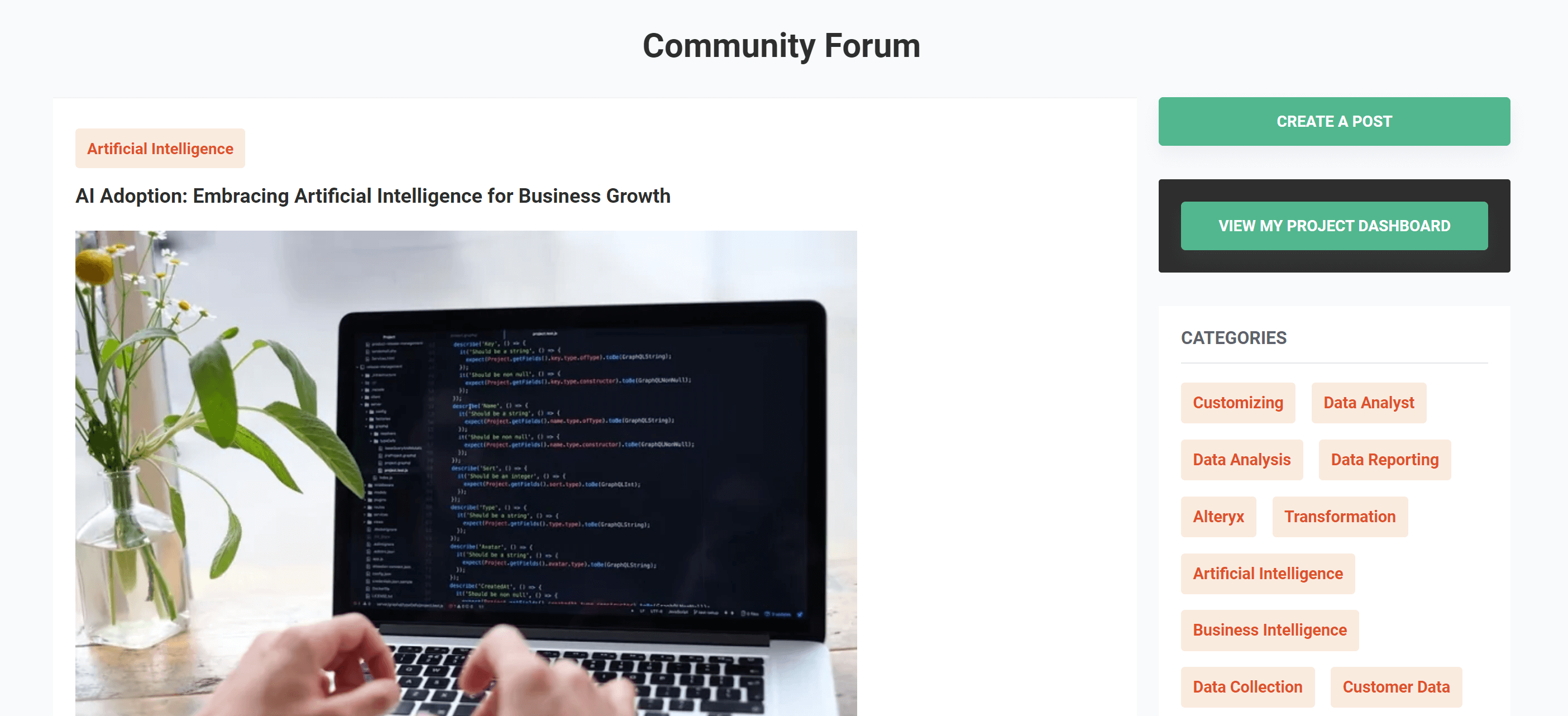Hospital Data Analysis: Transforming Healthcare Data Management

In today’s fast-changing healthcare world, managing data well is key to providing better patient care and running hospitals smoothly. This case study looks at how a major hospital chain solved big problems with healthcare data by using advanced data analysis and integration. Their journey shows how data-driven solutions can improve modern healthcare.
Overview
The hospital chain, known for its strong focus on patient care, faced a major challenge after it acquired four large clinics in a busy city. Each clinic used different tools, applications, and systems, which led to scattered data across the organization. The variety of data formats made it difficult for the hospital to gather useful information and create accurate reports. To solve this problem, the hospital had to take quick action to smoothly integrate these new clinics into its operations.
Challenges
The acquisition of multiple clinics presented significant challenges for the hospital chain, complicating its efforts to deliver seamless and efficient healthcare services. These challenges included:
- Inconsistent Data Formats: Each clinic employed unique systems to manage patient records, financial transactions, and operational data. This lack of standardization created a patchwork of disparate data structures, complicating efforts to integrate and analyze the information.
- Inaccurate Reporting: The variability of data sources and formats led to errors in reporting, undermining the hospital’s ability to make data-driven decisions. Inaccurate reports also posed a risk to patient safety and operational efficiency.
- Inefficient Data Sharing: The absence of a unified system created significant bottlenecks in data sharing. Collaboration between clinics and the central hospital administration became labor-intensive and time-consuming.
- High Operational Costs: Manual processes were required to reconcile and analyze data, consuming valuable staff time and resources. This inefficiency led to increased operational expenses and delayed decision-making.
Implementation
Recognizing the need for a comprehensive solution, the hospital chain engaged a team of specialized data analysts to revamp its data management infrastructure. The transformation unfolded through the following key steps:
- Unified Data Environment: The team migrated all data to a centralized platform. SAP ERP was chosen for managing transactional records, while Tableau Server was implemented for advanced reporting and analytics. This strategic decision ensured uniformity, accessibility, and scalability.
- Comprehensive Data Migration: A meticulous data migration process was undertaken to clean, map, and consolidate datasets from the various clinics. This step eliminated inconsistencies, standardized data structures, and ensured compatibility across the organization.
- AI-Driven Insights: Artificial Intelligence was incorporated into the analytics framework to detect patterns, predict trends, and provide real-time recommendations for patient care and resource allocation, further enhancing decision-making capabilities.
- Automated Workflows: Automation tools were integrated into the new system to minimize manual intervention. Automated workflows streamlined data entry, reporting, and analytics, significantly improving efficiency and accuracy.
- Continuous Monitoring and Optimization: The hospital implemented ongoing monitoring protocols to ensure that the system continued to meet the organization’s evolving needs. Regular audits and performance assessments allowed for timely adjustments and enhancements.
Role of Pangaea X
Pangaea X played an important role in the hospital’s transformation journey by connecting the organization with highly skilled freelance healthcare data analysts. Leveraging Pangaeax’s extensive network, the hospital quickly assembled a team of experts adept at handling complex data integration challenges. This collaboration offered several key advantages:
- Access to Specialized Talent: Pangaeax enabled the hospital to recruit professionals with niche expertise in healthcare data analysis and system integration.
- Accelerated Timelines: By tapping into Pangaeax’s talent pool, the hospital significantly reduced the time required to assemble a capable team, ensuring that the project remained on track.
- Cost-Effective Solutions: Hiring freelance analysts through Pangaeax proved to be more economical than traditional consulting engagements, without compromising on quality.
The partnership with Pangaeax proved instrumental in the success of the initiative, exemplifying how external collaborations can drive innovation in healthcare.
Benefits Achieved
The hospital chain realized transformative benefits as a result of its data management overhaul:
- Maximum Value Realization: Integrating data into a unified platform unlocked new insights that informed better decision-making. From patient care strategies to resource allocation, the hospital was able to operate with greater precision and foresight.
- Enhanced Accuracy: By standardizing data structures and automating workflows, the hospital reduced reporting errors by an impressive 92%. This improvement bolstered trust in the system’s outputs.
- Time Savings: Automation and streamlined processes saved approximately 1,020 hours annually. Freed from manual data entry and reconciliation tasks, staff were able to focus on higher-value responsibilities, such as patient care and strategic planning.
- Cost Efficiency: Standardized processes and automation tools led to significant cost reductions. The hospital achieved immediate operational savings, with long-term benefits expected to compound over time.
Conclusion
Advanced data analysis and integration have become indispensable in healthcare. By implementing SAP ERP and Tableau Server, the hospital chain overcame significant challenges, improving operational efficiency and decision-making. This initiative set a new standard for patient care and organizational effectiveness, reducing reporting errors by 92% and saving over 1,020 hours annually through automation and streamlined processes.Pangaeax’s expertise in connecting the hospital with freelance data analysts played a crucial role in this transformation. Their talent pool enabled cost-effective, timely solutions tailored to healthcare’s complexities. This success highlights the immense potential of technology and collaboration in shaping the future of healthcare operations.
Get your data results fast and accelerate your business performance with the insights you need today.



